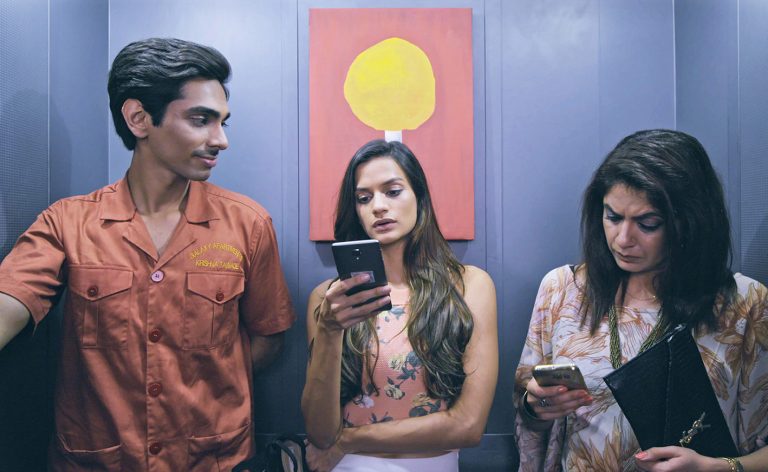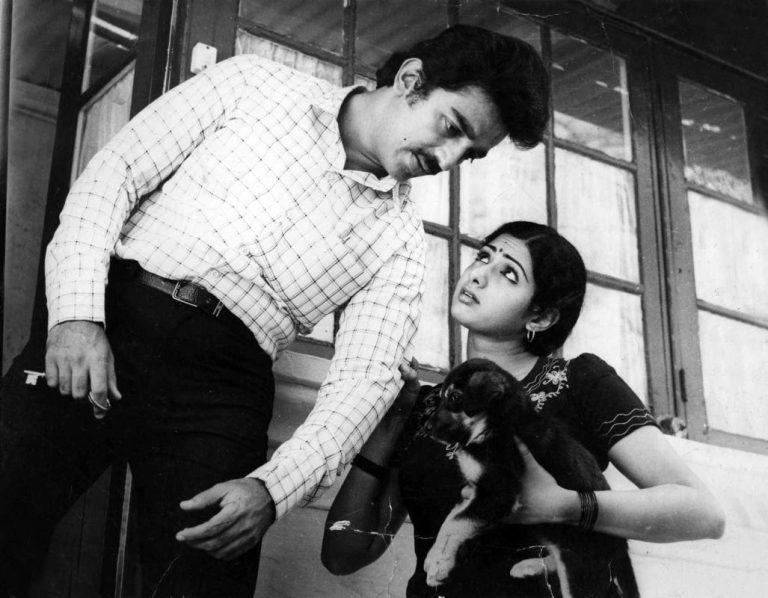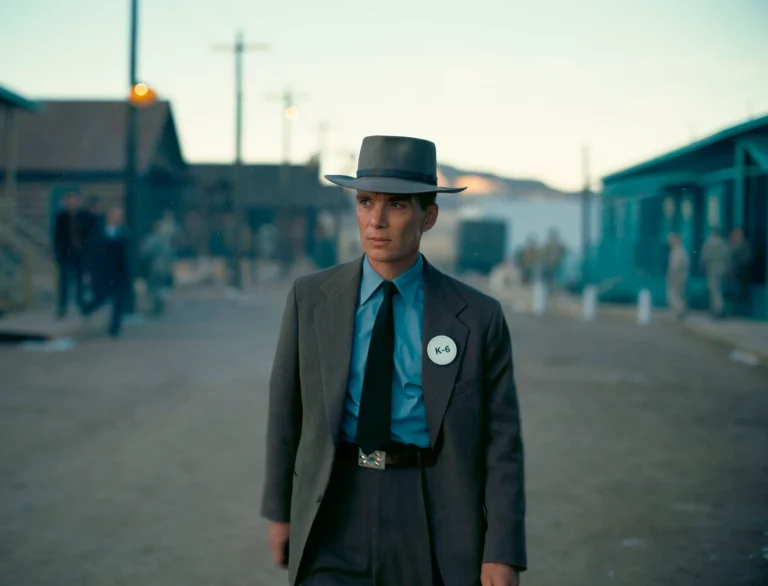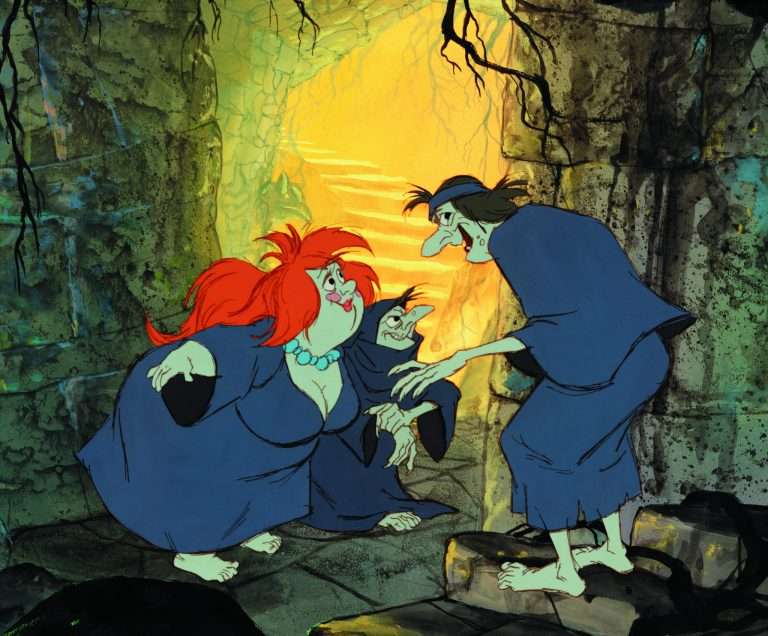End of the Bond Eras of Pierce Brosnan and Daniel Craig
Warning: this article contains spoilers for No Time to Die (2021)
Fans are growing impatient as information about the 26th installment in the James Bond saga is scarce. This lack of updates has been attributed to producers Michael G. Wilson and Barbara Broccoli’s desire to concentrate on other projects, as well as the need to hire a new actor. Yet the finale of No Time to Die, with the (very) unexpected death of James Bond, might also play a part in the next film’s delayed development. Of course, Bond 26 will need to take a totally different direction after such an unusual ending.
This is not the first time that the saga finds itself in a difficult spot, story-wise: after Die Another Day (2002), Pierce Brosnan’s last film, great changes were necessary. The movie did well at the box office but was criticized for its hideous CGI, overly campy tone, and thin plot. The next film, Casino Royale (2006), attempted to avoid the excesses of its predecessor by returning to the saga’s roots and offering a much darker story. Casino Royale is a prequel that centers on a newly promoted 007 (Daniel Craig) who falls for the mysterious Vesper Lynd (Eva Green). The film was a great success and changed the creative direction of the franchise. Craig’s gritty style and Brosnan’s suave charisma both have their admirers – with fans sometimes bitterly fighting over who is the better Bond.
Yet despite their different takes on the character, the actors have something in common: their first films subverted the franchise’s tropes. Of course, a cinematic saga that has been running since 1962 has its clichés, best summed up by the “Bond formula”: martinis, girls, gadgets, and guns. Just add tuxedos and megalomaniac villains to the mix, and serve shaken, not stirred. In 1995, Pierce Brosnan had a little fun with these tropes in his first Bond film GoldenEye, which arrived after a six-year hiatus.
Recommended Read: The 10 Best James Bond Movies of All Time
Goldeneye is one of the franchise’s best movies and one which subverts the classic recipe. James meets his match this time as he faces the rogue 006 (a hard-to-kill Sean Bean), his former best friend. Pitting two 00 agents against each other allows the film to make fun of its recurring tropes, such as improbable laser watches and over-the-top stunts. GoldenEye’s director Martin Campbell knew that the 1990s had to open up a new era for the franchise.
After sixteen films, the fall of the Soviet Union, and the rise of feminism, the aging sexist spy seemed to have had his day. Judi Dench’s M perfectly embodies the movie’s self-awareness, who also gives a memorable speech to 007, calling him “a sexist, misogynist dinosaur.” GoldenEye does not only use the Bond formula: it delivers its elements with a twist by questioning 007’s relevance in a changing world.
A man of his time, Bond is humanized through his personal connection with the villain. This idea would be further explored in Brosnan’s subsequent movies. In Tomorrow Never Dies (1997), Bond avenges an old flame killed by her new husband, a megalomaniac media mogul. In, The World is Not Enough (1999), he falls for the treacherous Elektra King (Sophie Marceau) while trying to save M. Die Another Day (2002) has Bond confronting his demons after being held captive in North Korea. As you may already suspect from the above summary, “relationship fatigue” emerges from Brosnan’s films. While exploiting personal connections was an innovative way to introduce his Bond, the emotions frequently fell flat, which was further evident in Die Another Day.
This could be because GoldenEye’s subversion of Bond tropes led nowhere. Die Another Day features almost every possible cliché of the saga. The film’s goofiness is worse than Roger Moore’s spoofy sequences, and it never finds the right tone, torn between campy jokes and discussions of Bond’s trauma. An interesting anecdote: GoldenEye’s director Martin Campbell declined to direct all of Pierce Brosnan’s subsequent 007 films, finding their scripts too conventional and looking for more novelty. This novelty Campbell himself would bring to the saga with Casino Royale (2006), Daniel Craig’s first Bond movie.
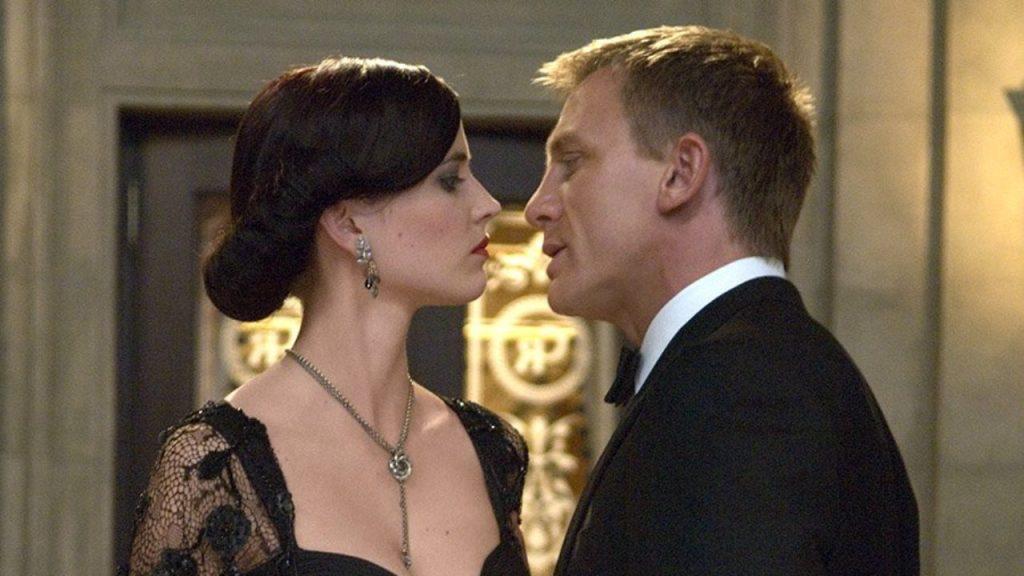
As mentioned above, this film laid the foundations for Craig’s Bond: a darker take on the character, with fewer puns and more graphic kills. The film delivered a much grittier and more realistic version of the Bond formula, even playing down some of its aspects – like girls and gadgets. The importance of family and emotions also defines Craig’s version of 007. Casino Royale and Quantum of Solace (2008) focus on his first love and grief, and Skyfall (2012) does what The World is not Enough meant to do and puts forward M as Bond’s mother figure.
As for Spectre (2015) and No Time to Die (2021), they entirely revolve around Bond’s family history through his former foster brother and his new love Madeleine (Léa Seydoux). Craig’s emotional take on 007 got more praise than Brosnan’s, with Casino Royale and Skyfall receiving great critical acclaim. Yet fans’ response to Spectre and No Time to Die was lukewarm at best.
While multiple factors played a part in their disappointment, the over-exploitation of Bond’s personal ties definitely counted, much like what had happened with Brosnan. The first movies featuring Craig achieved a good balance between emotions and action (save for Quantum of Solace, which was impacted by the 2007 Hollywood writers’ strike). However, the last two Bond outings, entirely centered on his family ties, delved into group psychotherapy.
Like Brosnan, Craig’s Bond also questions his abilities and relevance: he faces his traumatic past and alcoholism, has to get back on his feet in Skyfall, and even resigns in No Time to Die. Much like his predecessor, Craig’s films do little more than question the Bond formula. On that account, the finale of No Time to Die is especially symbolic: James Bond dies after saving his lover and daughter, in a twist meant to subvert viewers’ expectation that 007 always survives. Yet somehow, this conclusion falls flat and looks more like the illustration of a creative dead end.
This is not a subversion of the saga’s tropes, this is Bond getting so tied up in them that he cannot escape and ends up “killing” the franchise. Much like Brosnan became a parody of his playful self, Craig is trapped in the darker Bond universe he created. Questioning 007’s relevance and humanizing him was a good idea to modernize Bond, but this cannot be the be-all and end-all of the saga. No Time to Die ends by letting us know that James Bond will return. As we await the twenty-sixth film and its new actor, it is time for the saga to take a real new turn: a reboot that needs to lay new bases and not just offer a critical outlook on what has been done. Bond should stop constantly questioning his relevance – and get back to proving it.
Related Read:
The 10 Best Daniel Craig Movies
The Boogeyman Unleashed: How John Wick Revolutionized Modern Action Cinema

